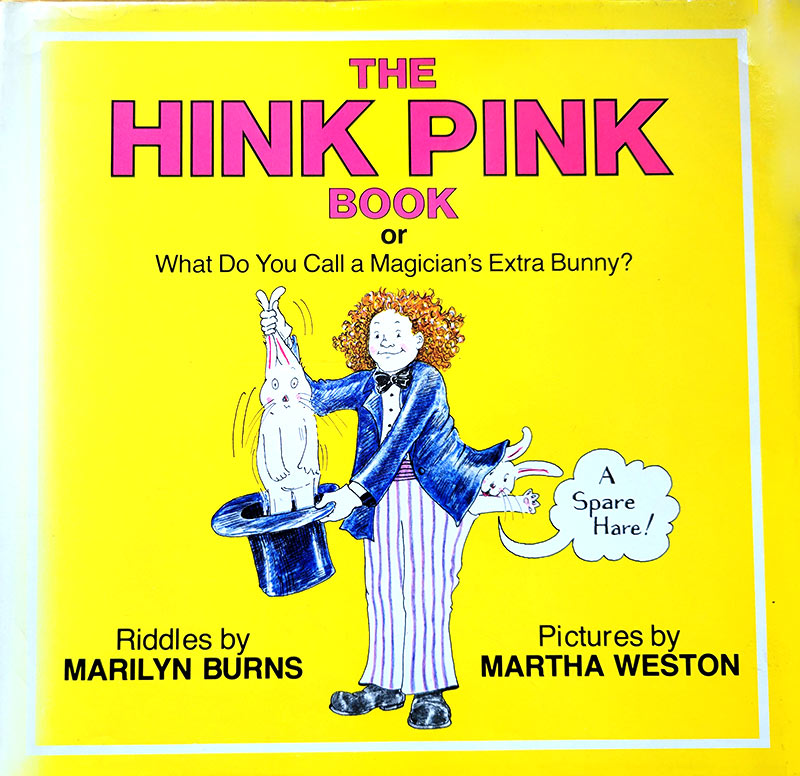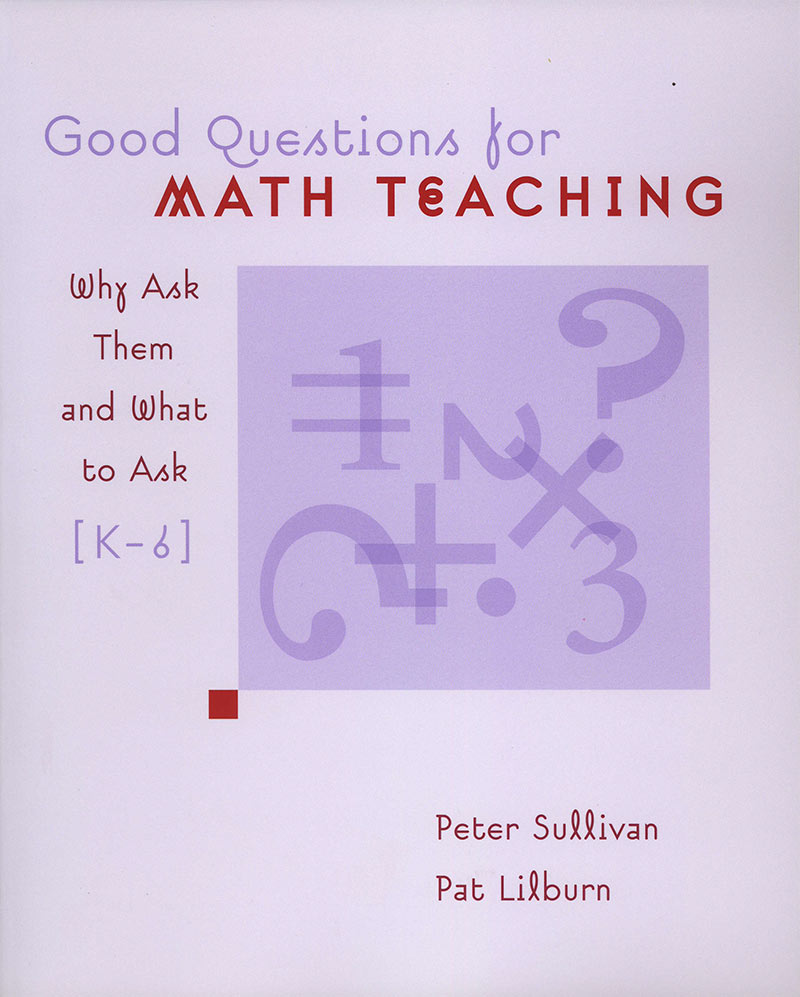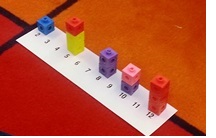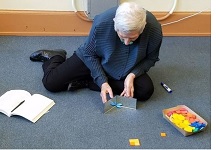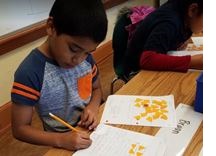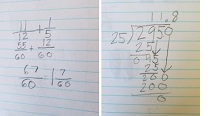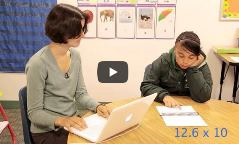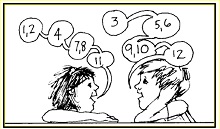
Looking for an easy-to-play game that requires only the ability to count to 20, but has a real mathematical kick? Here it is. Teach it to your kids at home or to your students online to play with someone at home. Read on for the rules and some tips, including how to tweak the game to keep kids interested and challenged.
Marilyn BurnsMarch 28, 2020

